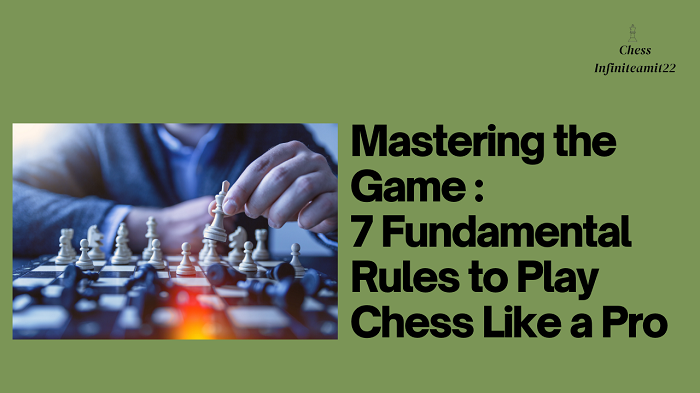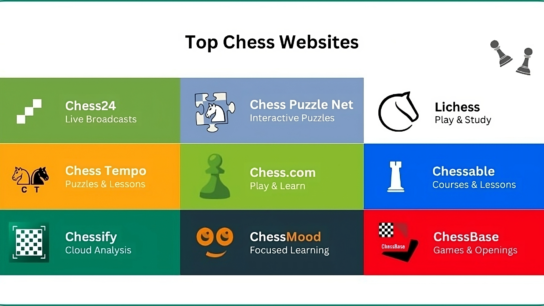Mastering the Game: 7 Fundamental Rules to Play Chess Like a Pro
Chess, the ancient game of kings, has captivated minds for centuries with its strategic depth and intellectual challenges. Whether you’re a novice or looking to refine your skills, mastering the fundamental rules of chess is essential for success on the board.
1. Understanding the Board and Setup:
Familiarize yourself with the 64-square chessboard, divided into an 8×8 grid. Each player starts with 16 pieces, arranged in two rows. Place the rooks in the corners, followed by knights, bishops, the queen, and finally, the king. Pawns occupy the second row.
2. Knowing the Pieces and Their Movements:
Each of the six types of pieces – king, queen, rook, bishop, knight, and pawn – has specific movement rules. Learn how they traverse the board, capturing opponents and defending their own ranks. Understanding piece mobility is crucial for effective gameplay.
3. Mastering the Objective:
The primary goal in chess is checkmate – putting the opponent’s king in a position where it cannot escape capture. While checkmate is the ultimate objective, games can also end in draws or stalemates under certain conditions.
4. Embracing Special Moves:
Explore the nuances of special moves like castling and en passant. Castling involves moving the king two squares towards a rook, and the rook moves to the square the king crossed. En passant allows a pawn to capture an opponent’s pawn that has moved two squares forward from its starting position.
5. Grasping Chess Notation:
Chess notation is a universal language used to record moves. Each square is identified by a combination of a letter (a-h) and a number (1-8). Moves are recorded with the piece abbreviation and the destination square (e.g., Nf3 for a knight moving to f3).
6. Strategic Opening Principles:
Develop a strong opening repertoire. Control the center, prioritize piece development, and safeguard the king. Understanding basic opening principles sets the stage for a solid middle game.
7. Tactical Awareness and Endgame Mastery:
Sharpen your tactical skills, including forks, pins, and skewers. Practice calculating variations and spotting opportunities for tactical strikes. In the endgame, focus on converting advantages and understanding key checkmating patterns.
As you embark on your chess journey, remember that improvement comes with practice, analysis, and a willingness to learn from both victories and defeats. Whether you’re playing casually with friends or competing in tournaments, embracing these seven rules will undoubtedly enhance your understanding and enjoyment of the intricate game of chess. So, set up the board, engage your opponent, and let the timeless battle of wits unfold on the checkered battlefield.
- Teenager Defeats Magnus Carlsen in 3 Chess Games!
- Navigating the Chessboard: Top 10 Chess Websites for Enthusiasts
- Lightning Strikes: The Top 10 Fastest Checkmates
- Mastering the Game: 7 Fundamental Rules to Play Chess Like a Pro
- Understanding Elo Points in Chess: A Guide to Improvement





